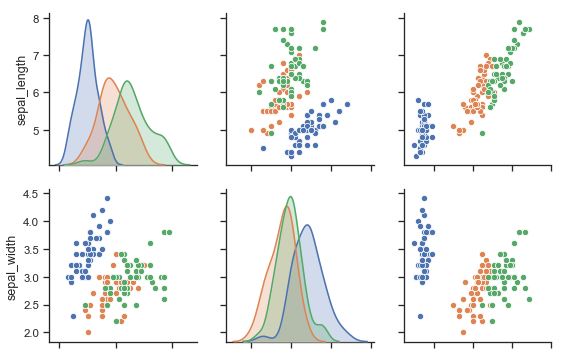
Introduction to data visualization in Python

Information
The estimated time to complete this training module is 3h.
The prerequisites to take this module are:
- Installations
- Introduction to python for data analysis module.
Contact Andréanne Proulx if you have questions on this module, or if you want to check that you completed successfully all the exercises.
Resources
This module was presented by Jacob Vogel during the QLSC 612 course in 2020, the slides are available here.
The video of the presentation is available below (1h09):
Tutorial
- Download the jupyter notebook (save raw version from Github), or start a new jupyter notebook
- Watch the video and run the cells in the notebook
Exercice
For this next part, we will refer to the following notebook
For example purposes, we will make use of a phenotypic dataset from the ABIDE II consortium. This amazing international multi-site dataset contains data from individuals diagnosed with Autism Spectrum Disorder (ASD) and healthy controls. We will use a version of the phenotypic data from a single site (Kennedy Krieger Institute). Thus please download the dataset from the linked resource providing your NITRC credentials. If you don't have one, you can create an account.
- Read through the notebook running all the cells
- Complete the exercises in the notebook
Exercise 1 Create a figure with a single axes and replot the second scatterplot to group by sex instead of dx_group.
Set the figure size to a ratio of 8 (wide) x 5 (height)
Use the colors red and gray
Set the opacity of the points to 0.5
Label the axes
Add a legend
Exercise 2 Using a pairwise plot, compare the distributions of age, viq, and piq with respect to dx_group.
Set a palette
Set style to ticks
Set context to paper
Suppress the dx_group variable from being on the plot
Exercise 3 Using a violin plot separate out viq as a function of sex and dx_group.
Different dx_group should be on each half of each violin
The x-axis should reflect the different sex categories.
Exercise 4 Play around and make an interactive plot using plotly and your project data if you have any.
More resources
- Other great resources to get started with plotting in python:
Interactive plotting
Gallery